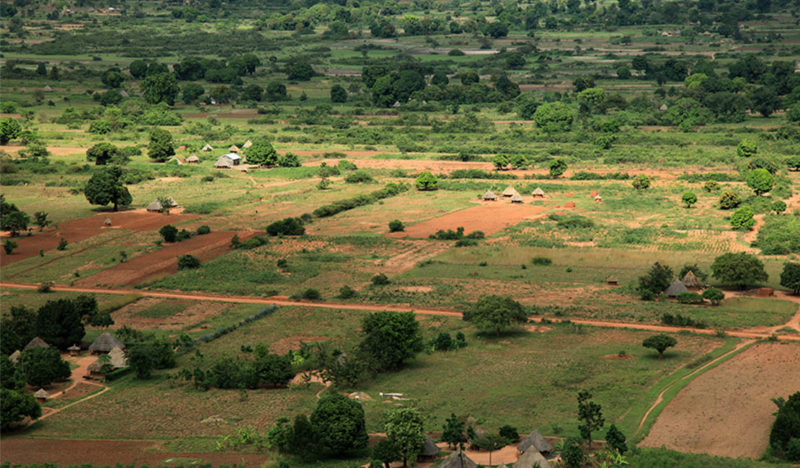What’s happening to our farms? Part 2

Last month I highlighted some of the inconsistencies between what a major farm lobby group were portraying as “warnings” coming from the 2022 Census of Agriculture and the actual data. The numbers just don’t show that regulations, rising costs, labor issues and natural disasters are making farming economically unsustainable: they actually prove the opposite is true. So what is happening to our farms? Here are a few of my own thoughts.
Photo Credit: Clay Bottom Farm
Not enough local and regional support
One of the biggest gaps for farmers today is the lack of support from local and state policy makers for farms who sell locally and the regional food systems that support them. Yeah, we get the annual report that boasts about how agriculture is the ‘number one industry’ with the cool graphics on those glossy brochures showing how much farming and agriculture bring in revenue each year. But very little of that money actually stays in the community where the farm is, however.
In general, the bigger and more centralized our farming and food systems become, the fewer profits are retained at the farm level to support a labor force to actually farm. Promoting and supporting smaller and diversified farmers builds stronger communities and keeps more of that money flowing locally, where everyone benefits and not just those at corporate headquarters.
Ag policy: Get Big or Get Out!
For the past several generations, ag policy has been more focused on efficiency, marketing, exports and DNA-manipulation than actually helping farmers stay in business. For instance, many programs are designed to minimize diversity, which we all know is necessary for natural systems to thrive. Crop insurance policies (taxpayer funded) don’t really allow farmers to be creative with their crop rotations, cover crop mixes or sources of fertility inputs. Conservation practices that fence cows out of the creek may indeed improve some aspects of water quality, but if the upland above that riparian area is beat-to-death, then what actual ‘conservation’ benefit have we obtained?
We have been paying farmers to maximize productivity in the short term rather than teaching them how to better manage their farm to achieve long standing health and growth potential. Farm policy—from the Farm Bill down to local farm programs—should not only incentivize soil health and regenerative farming practices, but require it. While we’re at it, Virginia should have some form of Soil Health Law like the one in Maryland.
Ecology, not technology
Lots of farm groups and elected officials like to tout technological fixes for what ails farming and how these new gadgets or methods will help them continue ‘feeding the world’: from genetic modification and ‘precision’ ag to vertical farming and lab-cultured ‘meat’. None of these are essential to feeding ourselves, but we are to believe that these are the only way our species will survive. To use a real farm term, that’s hogwash.
When a farm makes biological function and ecosystem health a priority, technological solutions just aren’t necessary. I don’t need a drone to scout my crops if I only raise what I can reasonably manage. If I reduce tillage—and plant cover crops!!–I build organic matter and improve both native fertility and infiltration and gas exchange, requiring fewer inputs. And what’s better for a community: a big, ugly warehouse with a trendy logo employing 20 people growing three stories of flaccid greens on fertigation tubes to be shipped overseas or dozens of farms within a 50-mile radius growing a diversity of crops and livestock, employing members of the community and building a healthy ecosystem for people, planet and profit?
We know what works to keep farmers on the land and successful and we need to support them with what works. We’re seeing a bit of a renaissance now in farming and whether it’s health-related, climate based or just a desire to better understand the processes that feed us, farmers and eaters alike are educating themselves on how to opt out of the conventional system and do it better, for all of us. Here’s to hoping that the next Ag Census will prove me right!






